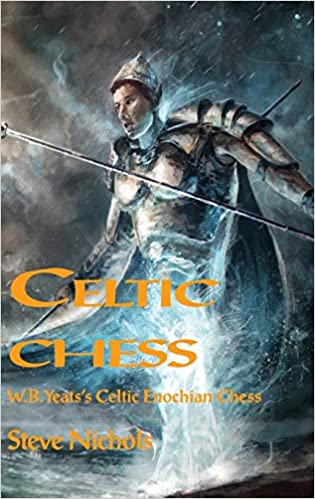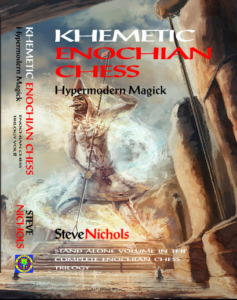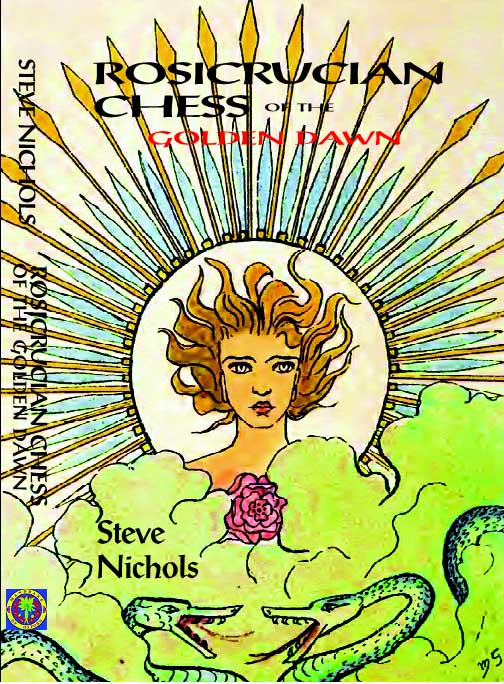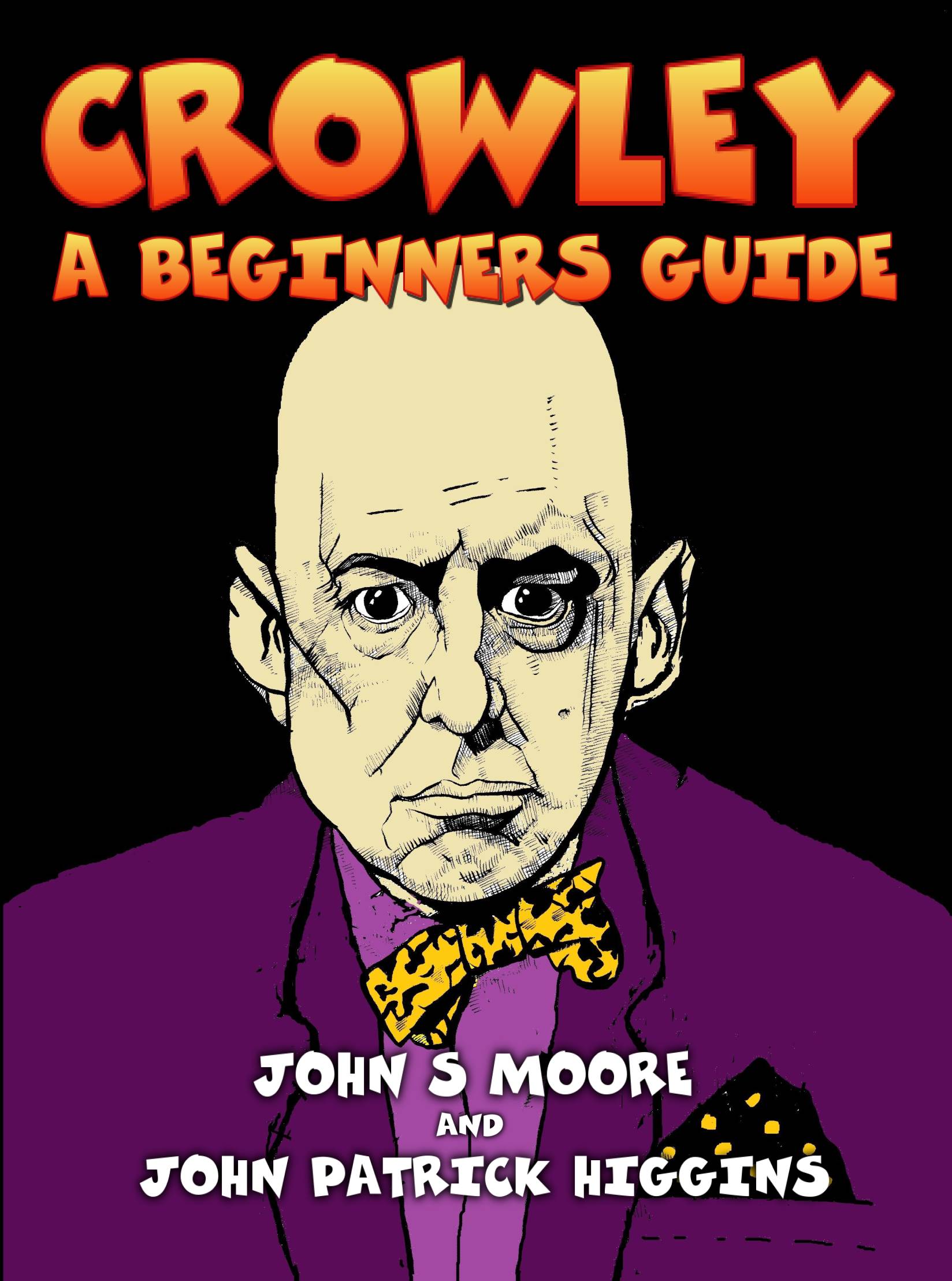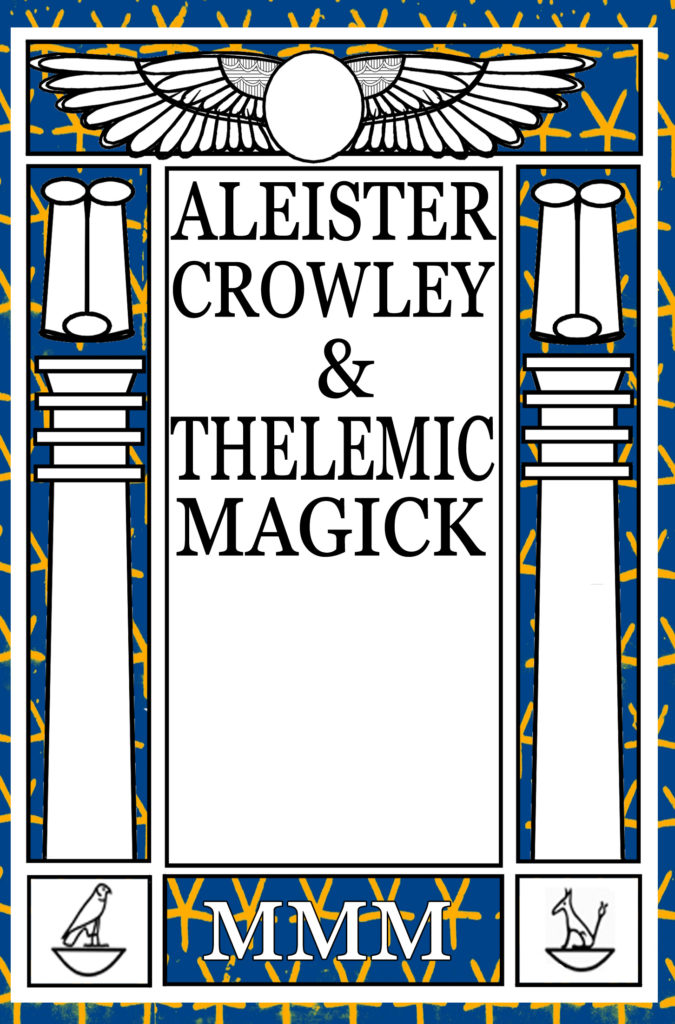W.B. Yeats’s Celtic Enochian Chess
(Enochian Chess Series Vol. III)
Steve Nichols
Celtic Chess: W.B. Yeats’s Celtic Enochian Chess
Enochian Chess Series Vol.III
Steve Nichols
– over 100 illustrations many in colour.
ISBN: 978-1906958947
US$39.99 / UK£30.00
Click Here for Celtic Chess: W.B.Yeats’s Celtic Enochian Chess / UK
Click Here for Celtic Chess: W.B.Yeats’s Celtic Chess / USA & Elsewhere
Buy the Enochian Chess set (all three books) for only £70.00 free postage / UK
Buy the Enochian Chess set (all three books) for only $90.00 free postage USA
Elsewhere write for details
W.B. Yeats’s Celtic Enochian Chess
A black imitation-leather, gold unpublished notebook dated December 1898, shows us the Yeats-Gonne-Pollexfen team at work. Virginia Moore transcribes in 1954 this record of these three Celtic Twilight magicians exploring the four fabled “Cities,” of Falias, Murius, Findias, and Gorias – regions of the four elements, earth, water, air, and fire – under their respective Gods (the Dagda, Danu, Brigid, and Lugh) and High Druids.
On questioning the four Druids, Maud Gonne discovered she and Yeats had received the Initiation of the Cauldron (purification/water). Gonne also received the Initiation of the Stone (earth); whereas Yeats had attracted the powers of the Wand (air) signifying supernatural inspiration. Beyond these Elemental Initiations came that of the White Globe, governed by the elder-god Elathan (front cover). Yeats and Pollexfen went – or thought they went – with help of talismans to Falias, wherein a rough stone house George saw a skeleton of gold with diamond teeth. Next, they went to Murias (water), where a Druid showed them a bath full of indolent bathers. Trips continued to Findias (air), and Gorias (fire), where Pollexfen saw the lower part of the fire God Aengus (“passive form of Lug”).
This amazing sixteen board sub-elemental extension to the Golden Dawn Enochian Chess system was the culmination of such endeavours by W.B. Yeats and his circle. Full board designs, details of talismanic constructions, suggested pieces, and my account of Yeats’s magickal feud with McGregor Mathers, is published here – much for the first time.

